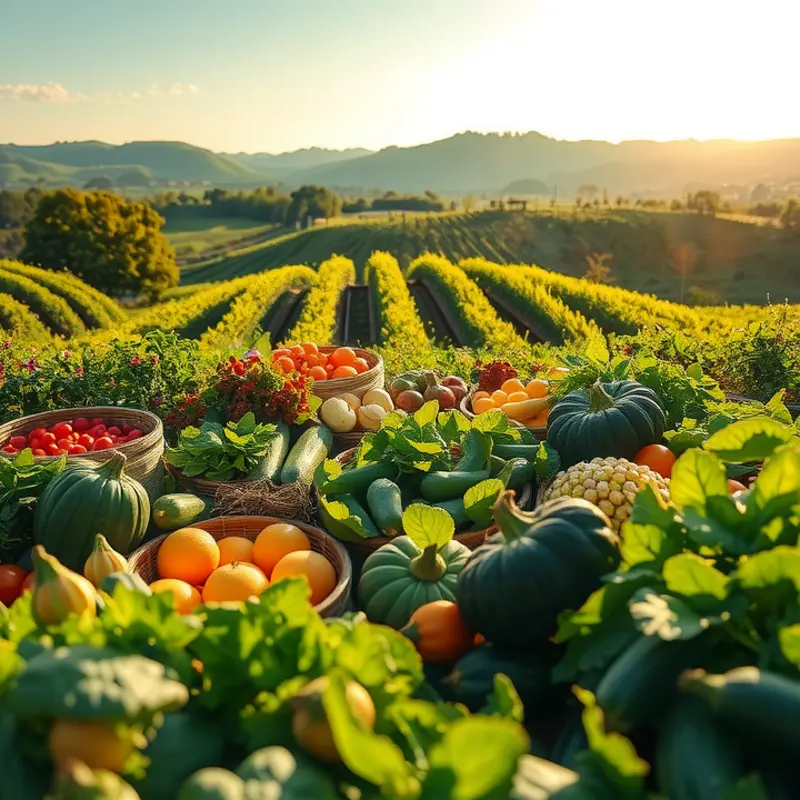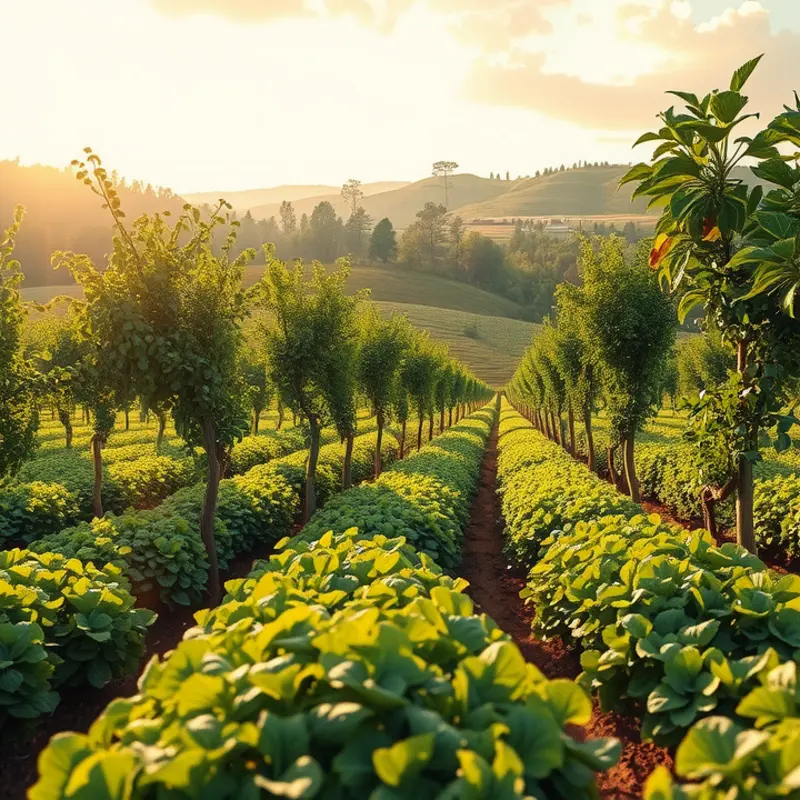Creating an eco-conscious kitchen goes beyond simply recycling; it involves a thoughtful selection of tools and appliances that minimize waste and support sustainable practices. By integrating eco-friendly kitchen essentials, environmentally-conscious individuals can make impactful changes to their cooking habits while encouraging a healthier planet. Whether it’s opting for reusable products or choosing organic materials, every little decision matters. Let’s dive into the top essentials that empower you to lead a greener kitchen lifestyle.
Embrace Sustainable Cookware and Utensils

Elevating your kitchen to eco-friendly standards involves selecting cookware and utensils that are kind to the planet and your health. The journey towards a sustainable kitchen begins with understanding the materials that make a difference.
Bamboo is an excellent choice for utensils and cutting boards. It’s a fast-growing resource that requires minimal water and pesticides, making it environmentally friendly. Bamboo products are lightweight, durable, and naturally anti-bacterial, which means they’re safe and hygienic for food preparation.
Stainless steel offers durability and is recyclable, which significantly reduces its environmental impact. Opt for stainless steel pots and pans with a copper or aluminum core to enhance heat conductivity. This combination allows for even cooking and energy efficiency, as food cooks faster, reducing energy consumption.
Another sustainable contender in the kitchen is ceramic cookware. Free from toxic chemicals often found in non-stick coatings, ceramic provides a safer alternative. It remains non-reactive and retains heat well, reducing energy use when cooking. Always choose lead-free glazes to ensure safety.
When considering utensils, stay clear of plastics. Plastic utensils can release harmful chemicals into food and contribute significantly to pollution. Metal utensils crafted from recycled materials are eco-friendly. Their longevity and resilience to wear make them a better choice over time.
To explore cutting boards, consider eco-smart kitchen storage. Wooden cutting boards consume fewer resources compared to plastic ones. Fields of trees are continuously regrown under responsible forestry practices, making wood an endlessly renewable resource.
Each choice in your cookware and utensils will impact not only your health but also the environment. Prioritize items with a long lifespan and minimal environmental footprint. Investing in quality materials like bamboo, stainless steel, and ceramic enhances your cooking experience while safeguarding your family’s well-being and the planet.
Incorporating sustainable choices into your kitchen setup not only aligns with environmental values but also encourages a healthier lifestyle. As you make these changes, you’ll find that your kitchen becomes a space of mindful eating and conscious cooking, ultimately benefiting the Earth and your community.
Choosing Eco-Conscious Food Storage Solutions

Discovering eco-friendly food storage options is a crucial step in designing a more sustainable kitchen. Beyond just storing food more efficiently, these options significantly reduce waste. This focus aligns not only with environmental interests but supports healthier lifestyle choices by minimizing contact with harmful chemicals often found in conventional storage materials.
Glass containers are among the most effective eco-friendly storage solutions. Durable and reusable, they are an excellent alternative to plastic containers. Unlike plastic, glass does not leach chemicals into food, making it a healthier choice. Additionally, glass is highly recyclable, contributing to a circular economy.
Complementing glass, stainless steel containers are gaining popularity. They are long-lasting, resistant to rust, and suitable for both dry and wet food storage. Unlike glass, they are lighter, making them convenient for transporting lunch or snacks. Repeated use further reduces demand for single-use alternatives.
Another innovative solution is beeswax wraps. Made from natural ingredients, these wraps are a sustainable option for covering bowls or wrapping produce. They mold to the shape of food with the warmth of your hands, providing a snug, breathable seal. As a biodegradable solution, used wraps can be composted at the end of their life cycle.
Composting food waste further complements sustainable storage. Not only does this practice reduce landfill contributions, but it also enriches soil. Learn more about low-waste cooking prep techniques.
Re-usable silicone bags are another versatile option. Sized similarly to plastic bags, they offer a reusable convenience with a fraction of the waste. Durable and free of harmful chemicals, they are safe for the freezer, microwave, and even boiling water.
While exploring these options, the goal remains clear: minimize plastic use to enhance sustainability and health. Plastic poses environmental hazards due to its non-biodegradable nature and harmful chemical composition. Reducing its prevalence in the kitchen substantially benefits the planet and personal well-being.
Choosing eco-conscious storage solutions helps retain the freshness and nutritional value of food. Proper insulation provided by these materials ensures that produce and leftovers remain safe for consumption longer. This translates to less food waste, aligning with sustainability goals.
Incorporating these eco-friendly solutions involves a shift in habits. An initially small effort—like transitioning gradually from plastic wraps to alternative options—can result in significant environmental contributions. The cumulative effect of each choice enhances broader ecological health.
Ultimately, adopting sustainable food storage practices not only transforms your kitchen into an eco-friendly space, but it also establishes a healthier home. By prioritizing these sustainable efforts, individuals can model mindful consumption, encouraging wider community engagement in environmental stewardship.
Final words
Transitioning to an eco-friendly kitchen is an achievable goal that allows you to make a positive impact on the environment and promote healthier food choices. By selecting sustainable cookware, utensils, and food storage solutions, each meal prepared becomes a step toward a greener planet. These changes don’t have to be overwhelming; start with small adjustments and gradually build a collection of eco-friendly essential items. Supporting a sustainable lifestyle is not just possible, it’s fulfilling, as you create a living space that aligns with your values and contributes to a better world.








